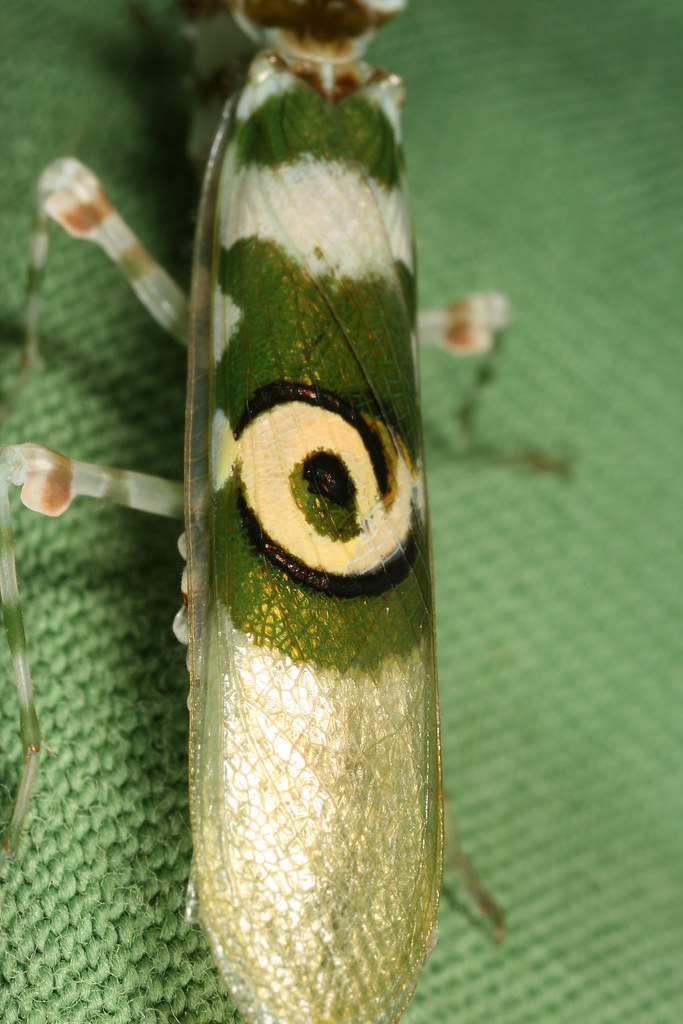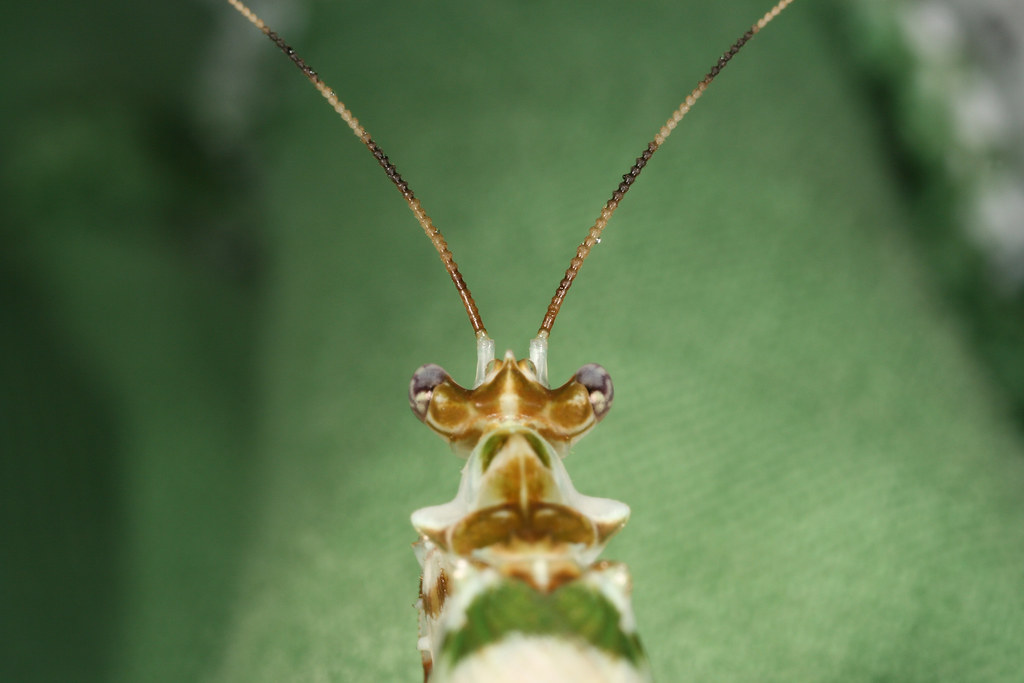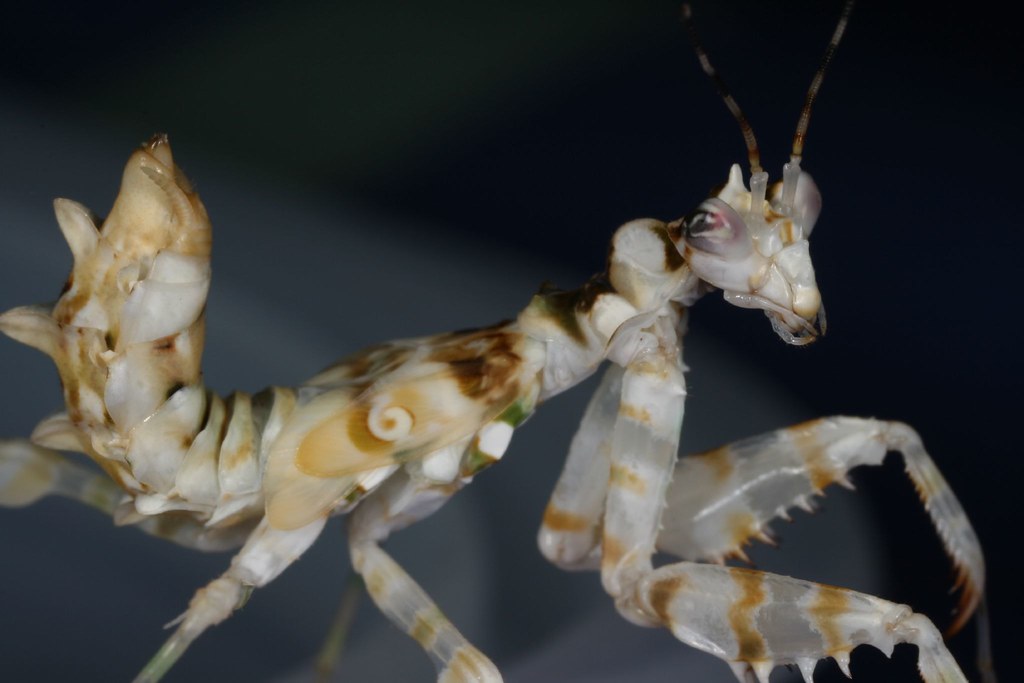Giosan
Well-known member
Hello,
we recently got a new mantis, it's most likely a Pseudocreobotra Wahlbergii but looking on the internet, the Pseudocreobotra Ocellata looks alot like it as well (or the pictures on the net might be wrong).
Can anyone shed a light on this case?
Here are the pics:
Picture 1
Picture 2
Thanks!
(ps. if you need some more/different pics just ask).
we recently got a new mantis, it's most likely a Pseudocreobotra Wahlbergii but looking on the internet, the Pseudocreobotra Ocellata looks alot like it as well (or the pictures on the net might be wrong).
Can anyone shed a light on this case?
Here are the pics:
Picture 1
Picture 2
Thanks!
(ps. if you need some more/different pics just ask).
Last edited by a moderator:

















































